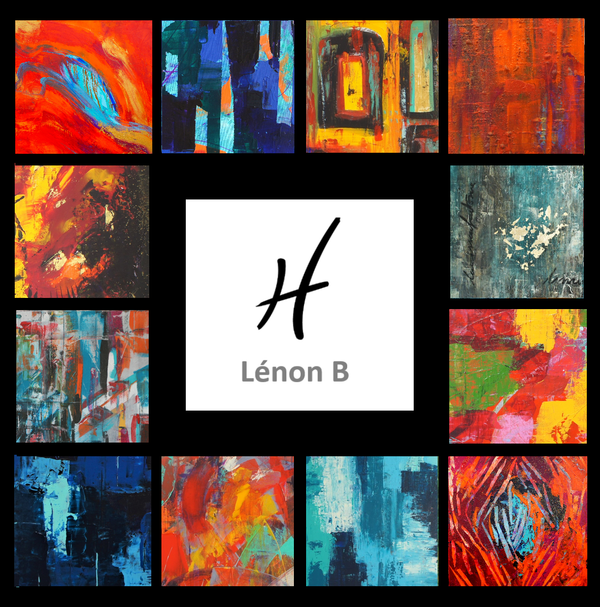
Creating in a World in Crisis : Luxury or Necessity ?
Partager
At the last art fair I participated in, one observation came up time and time again :
the art market is going through a tough time.
Between political uncertainty, economic instability, and a fast-paced consumer society, art today is often seen as a non-essential luxury.
In many households, it no longer has a place among what are considered "necessary" expenses.
And yet…
When the World Closes In, Art Disappears — or Resists
The general trend is clear: we consume fast, we throw away, we move on. The ephemeral reigns.
Art, on the other hand, asks for time — to be looked at, felt, understood… it moves at a different rhythm.
And in a time dominated by collective stress, instability, and uncertainty, buying art is often postponed.
Postponed until "later".
But that "later" keeps being pushed further away — and sometimes never arrives.
And yet, while art doesn’t solve a crisis, it can help us get through it.
It sheds light. It connects. It soothes. It questions.
And often, it says what words no longer know how to express.
The Artist: Quiet Guide or Marginal Voice?
So what role does the artist play in all of this?
Creating in spite of everything can feel like a gentle act of resistance.
We must keep offering meaning, poetry, light… even if the echo isn’t immediate.
But the economic reality is inescapable.
No, we don’t create to get rich. But yes — we still need to make a living.
There’s material to buy, studios to pay for, travel, exhibitions, websites, prints, communication efforts…
The artist who doesn’t sell — or sells too little — lives in a painful tension:
How to continue nurturing a calling while carrying a practice that struggles to exist publicly?
So what do we do?
We adapt.
We diversify.
And often, we doubt.
But we carry on.
Because creating is not a choice. It’s a need.
A Market Paradox: Luxury Art for Tax Purposes
Here comes another paradox.
While many artists struggle to sell a single painting, one corner of the market is thriving.
Very expensive artworks are being purchased by companies or collectors through leasing mechanisms and tax optimization strategies.
This fuels a form of artistic speculation.
Tax benefits, in and of themselves, aren’t the issue — they can even be powerful levers.
But a deeper question arises:
What drives the purchase of a work of art?
Is it the emotional response to the artwork…
or the promise of a tax deduction?
When art becomes a safe asset, an investment vehicle, or a financial tool,
what remains of the artist’s original impulse?
What happens to that fragile, sensitive connection between the work and its viewer?
What If Art Is… Vital?
Despite all this, I remain convinced of one thing:
Art is a silent necessity.
It doesn’t rescue an economy.
It doesn’t feed a family.
But it feeds the soul.
And in a shaken world, where we sometimes lose our bearings,
art is one of the few spaces where beauty, slowness, and depth still have a place.
Creating in a world in crisis isn’t a luxury — it’s an act of faith.
Faith in humankind.
Faith in the power of a work — large or small, humble or grand —
to touch, to reveal, to awaken.
So I keep creating.
And I know I’m not alone.
